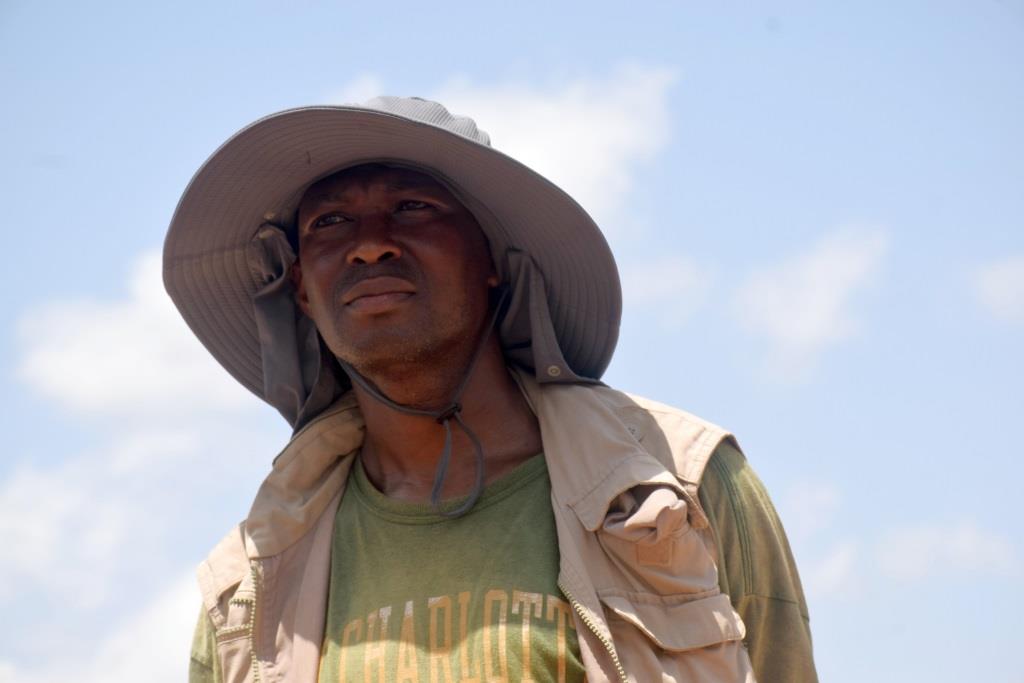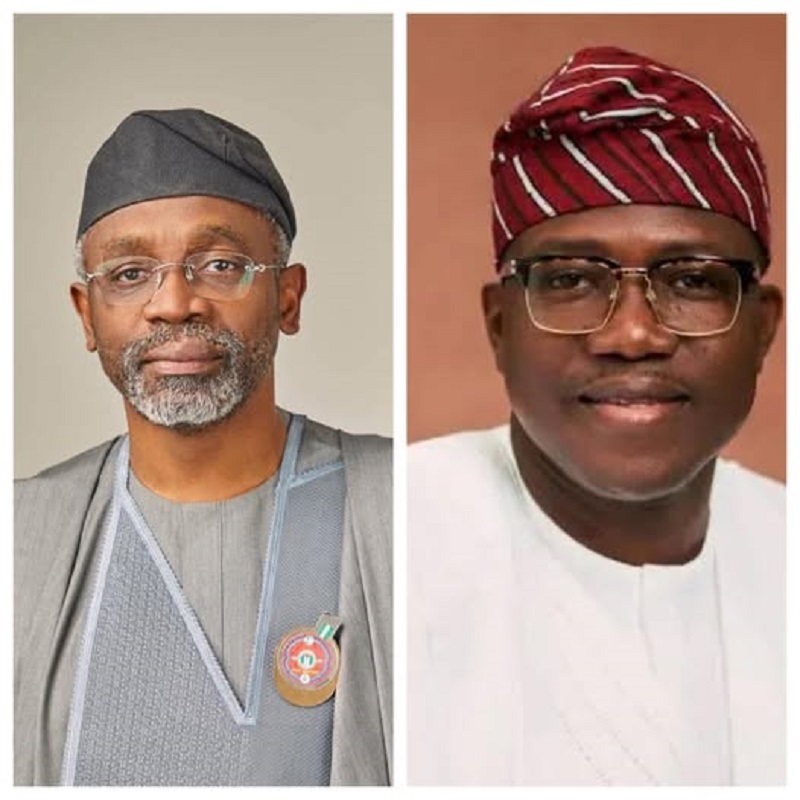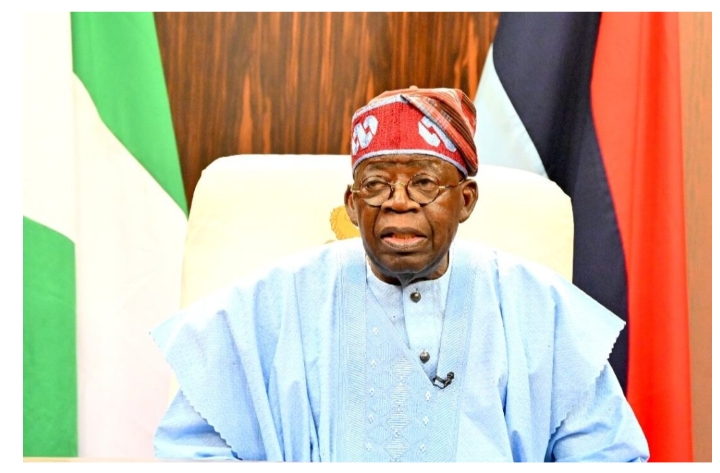General
Bara, Old Oyo Empire Town, Under Threat—Archaeologist

An archaeologist and author of a major new book on Yoruba history, Mr Akinwumi Ogundiran, has called on the Alaafin of Oyo, Oba Lamidi Adeyemi, and other key personalities of Yorubaland to intervene urgently to prevent Bara, a historically significant town of the ancient Oyo Empire, from being destroyed.
Bara, the burial site of several past Alaafins, who are major figures in Yoruba history, is undergoing rapid deforestation due to arable farming and cattle grazing on an unsustainable scale.
Thousands of trees are being cut down illegally, precipitating a looming environmental crisis and destruction of historical artefacts including an ancient wall in the old town, which scholars believe should be a protected heritage site, due to its special significance in Yoruba history.
There are fears that if something is not done urgently, there will be little or nothing to salvage in an ongoing 10-year archaeological project that holds the key to a better understanding of the Oyo Empire in particular and Yoruba history in general.
Mr Ogundiran, Chancellor’s Professor and Professor of Africana Studies, Anthropology and History at the University of North Carolina at Charlotte, USA, has been leading the Old Oyo Archaeological Project in Bara since 2017.
He disclosed that it had been the plan that based on the project’s findings over the last five years, he will collaborate with the Nigerian National Park Service to recommend Bara to the federal government for protection as a historical site.
However, hopes are fast fading as the town’s historical integrity is being compromised on a massive scale.
“This is one of the well-preserved sites that should be maintained. We are recovering some evidence to tell generations that this is what happened at this place,” Mr Ogundiran said of Bara, which is located in the Kaiama Local Government Area of Kwara State, and is not currently within the jurisdiction of the National Park Service.
According to Mr Ogundiran, “Archaeology work is a prolonged process; it takes time to accumulate data. You can only be here for a month at a time or a maximum of two months.
“We collect the data and go back, but it takes a lot more time to process the data than even excavate it. This thing takes time, but unfortunately, we are running against time and also the priorities of other people who are here.”
The professor noted that it is only the Alaafin that can stop Bara’s destruction as things stand.
“He is the only one who has the moral authority to intervene. Intervention would take many levels. First is for the Alaafin to send delegates to take possession of the site. That is easy to do because all he has to do is consult with the Emir of Bani. This place is now under the jurisdiction of the Emir of Bani. And Emir of Bani, I believe, understands the importance of this place.
“The next thing is for the Alaafin to send delegates here; at least maintain a presence at the site. The Alaafin as well should initiate the process of how this site can become a historical site. We have all the pieces of evidence that we can use. Some places in Nigeria do not have this level of importance and are enlisted as historical sites.
“Immediately Alaafin can come in, and say: ‘Listen, this is where Ajagbo, Obalokun, Onisile and many other Alaafins were buried; I want to take possession of my ancestral land.’ That does not mean kicking people out, but just saying there are rules of engagement.
“You can graze in limited areas to allow archaeological work to continue because it would take 20 years of archaeological work before we can amass all the data we need.”
Mr Ogundiran, author of The Yoruba – A New History, said of the ongoing archaeological project in Bara: “What we have done so far is important. We have made some great discoveries, but if we can preserve this site, there’s more to learn about the history of the Oyo Empire.”
General
Gbajabiamila Remains President Tinubu’s Chief of Staff—Presidency

By Modupe Gbadeyanka
The presidency has reacted to speculations that Mr Femi Gbajabiamila has been removed as the Chief of Staff to President Bola Tinubu.
It was alleged that Mr Gbajabiamila has been replaced with the President’s Principal Private Secretary, Mr Hakeem Muri-Okunola.
Mr Muri-Okunola went to Abuja to take up this role after leaving as the Head of Service of the Lagos State Civil Service.
Reacting to the reports on social media on the purported removal of Mr Gbajabiamila, a former Speaker of the House of Representatives, the presidency said no such change has been made.
In a statement signed on Thursday by the Special Adviser to the President on Information and Strategy, Mr Bayo Onanuga, members of the public were advised to disregard the report as “there is absolutely no truth to this story.”
“The Chief of Staff remains in his position. The Principal Private Secretary likewise remains in his role. Hakeem Muri-Okunola has not replaced Femi Gbajabiamila as Chief of Staff.
“The viral claim is a fabrication by mischievous purveyors of fake news whose sole aim is to create disharmony within the government.
“We reiterate that news media should always verify their information before publishing or sharing on social media,” the statement said.
General
Eyesan Promises Bold Reset in Nigeria’s Upstream Sector as New NUPRC Head

By Adedapo Adesanya
The new chief executive of the Nigerian Upstream Petroleum Regulatory Commission (NUPRC), Mrs Oritsemeyiwa Eyesan, has assumed office with a clear message to advance the country’s upstream oil and gas sector in line with the mandate of the commission as enshrined in the Petroleum Industry Act (PIA) 2021.
According to a statement signed by Mr Eniola Akinkuotu, the Head of Media & Strategic Communications at the upstream regulator, the NUPRC boss made this assertation during her first town hall meeting with management and staff on Tuesday December 23, 2025.
She further disclosed plans to make the commission a business enabler and re-ignite investments in the upstream sector.
Recall that President Tinubu nominated Mrs Eyesan to take over the NUPRC after the abrupt resignation of her predecessor, Mr Gbenga Komolafe as well as his counterpart in the Nigerian Midstream and Downstream Petroleum Regulatory Authority (NMDPRA), Mr Farouk Ahmed.
In her new capacity, Mrs Eyesan also set a firm production ambition of growing Nigeria’s output and increasing gas production.
“The goal is that we must enable the industry, we are regulators. We must enable the industry from our interactions with the stakeholders, from our interactions with everybody.
“My main objective is to ensure that we make a difference. I believe the NUPRC is at the Center of the industry,” she said.
The commission boss who has served for over three decades in the oil and gas sector, promised to entrench digitisation, transparency and efficiency in operations.
The NUPRC head said with the support of staff and management, the NUPRC will become the gold-standard regulator in Africa. She also promised capacity development, stronger technical depth and sustained engagement with stakeholders, unions and professional teams.
On leadership style, Mrs Eyesan promised an open-door policy and frequent staff engagement, while also soliciting for support and cooperation as the industry embarks on the next phase of transformation.
“If we work together we can unleash opportunities, I don’t see impediments only opportunities,” she added.
General
Christmas: Tinubu Calls for Religious Tolerance Amid Rising Insecurity

By Adedapo Adesanya
President Bola Tinubu has called on Nigerians to embrace religious tolerance, peace, and unity, urging citizens of all faiths to reject violence and intolerance amid ongoing security challenges across the country.
In his 2025 Christmas goodwill message issued on Wednesday by his Special Adviser on Information and Strategy, Mr Mr Bayo Onanuga, the President emphasised that no Nigerian should suffer discrimination or violence because of their religious beliefs, reaffirming his administration’s commitment to safeguarding freedom of worship and national cohesion.
“As your President, I remain committed to doing everything within my power to enshrine religious freedom in Nigeria and to protect all people of different faiths from violence,” Mr Tinubu said, noting that all Nigerians have the constitutional right to live, worship, and pursue their aspirations in safety and dignity.
The President acknowledged growing concerns around religious intolerance and insecurity, revealing that he had engaged extensively throughout the year with leaders of Nigeria’s two major faiths.
In the last few months, the country faced a spate of attacks including kidnapping of school children and armed terror, involving the death of a high ranking army personnel.
He also said the government would continue to build on these engagements to strengthen collaboration with religious institutions, prevent conflict, and promote peaceful coexistence.
President Tinubu described Christmas as a period for reflection on the message of Jesus Christ as the Prince of Peace, urging Nigerians to draw inspiration from values of love, compassion, and goodwill that cut across all major religions.
He commended Christians in Nigeria for their contributions to national development, particularly their role in caring for the vulnerable and promoting harmony within communities.
“The love for God and love for humanity is at the heart of all the great faiths. These shared values must continue to bind us together as one indivisible and resilient people,” he said.
Reiterating his administration’s stance on security, the President said the government’s commitment to protecting Nigeria’s unity and stability has remained unwavering since he assumed office in 2023. He stressed that the state would not tolerate violence targeted at any group on the basis of ethnicity or belief.
President Tinubu also appealed to Nigerians travelling during the festive season to exercise patience and discipline on the roads, wishing them safe journeys and returns.
Expressing optimism about the country’s future, the President said that with faith in God and collective resolve, Nigeria would overcome its challenges and build a nation that future generations would be proud of.
He concluded by wishing Christians in Nigeria and around the world a Merry Christmas and Nigerians a happy New Year in advance.
-

 Feature/OPED6 years ago
Feature/OPED6 years agoDavos was Different this year
-
Travel/Tourism9 years ago
Lagos Seals Western Lodge Hotel In Ikorodu
-

 Showbiz3 years ago
Showbiz3 years agoEstranged Lover Releases Videos of Empress Njamah Bathing
-

 Banking8 years ago
Banking8 years agoSort Codes of GTBank Branches in Nigeria
-

 Economy3 years ago
Economy3 years agoSubsidy Removal: CNG at N130 Per Litre Cheaper Than Petrol—IPMAN
-

 Banking3 years ago
Banking3 years agoFirst Bank Announces Planned Downtime
-

 Banking3 years ago
Banking3 years agoSort Codes of UBA Branches in Nigeria
-

 Sports3 years ago
Sports3 years agoHighest Paid Nigerian Footballer – How Much Do Nigerian Footballers Earn













